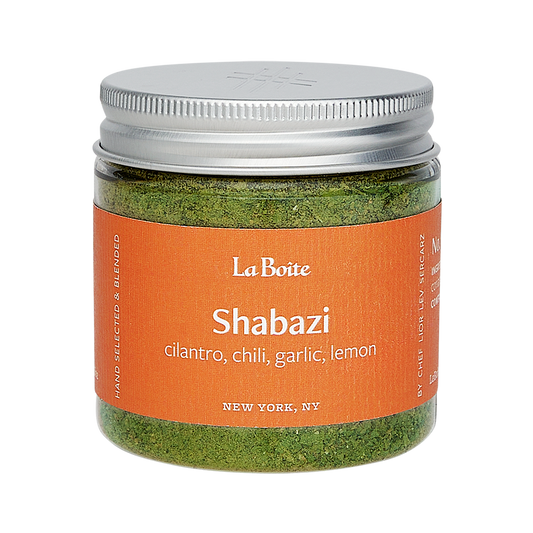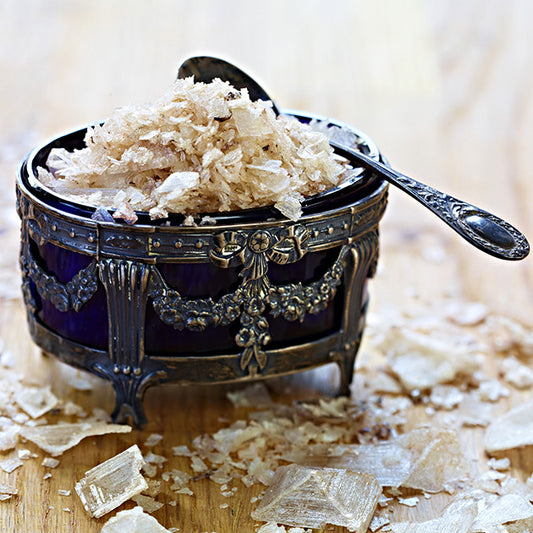Salt is the one spice that you can find in nearly every kitchen in the world. It’s one of the basic flavors that you need in practically every dish.
The two major distinctions that should be considered when buying salt are whether the salt is mined or sea salt. Mined salt has a sulfuric taste and smell whereas sea salt has elements of natural iodine. At La Boîte, we only use sea salt.
We recommend keeping a variety of salts and seasoning based on the dish you’re making. Salt can also vary in saltiness. The more salt is washed, the saltier it is. Fine-grain salts dissolve faster in your mouth, so the salty sensation is much more obvious.

A Quick Guide to Salts
PACIFIC SEA SALT
Neutral scent and flavor, fine but irregular texture
Best for: Everyday use
FLEUR DE SEL
Best for: Final seasoning
PAKISTANI PYRAMID
Best for: Final seasoning, confections
FINE SEA SALT
Best for: Everyday use, pasta water
GRAY (aka SEL GRIS)
Best for: Roasting, dressings, blanching
History

Salt was first consumed by early hunters through meat.
When civilization grew, so did the need for salt, giving way to worldwide trading routes.
As production was restricted in ancient times, salt was commonly used in trade, as currency, and to pay tax.
Recipe Ideas

1. Mix medium-grain sea salt with sour cream and ground cinnamon to serve with waffles.
2. Combine coarse gray salt with egg whites and flour to form a crust on whole celery root while baking.
3. Blend coarse sea salt with dried thyme leaves and chili flakes and use to coat whole beets for roasting.














